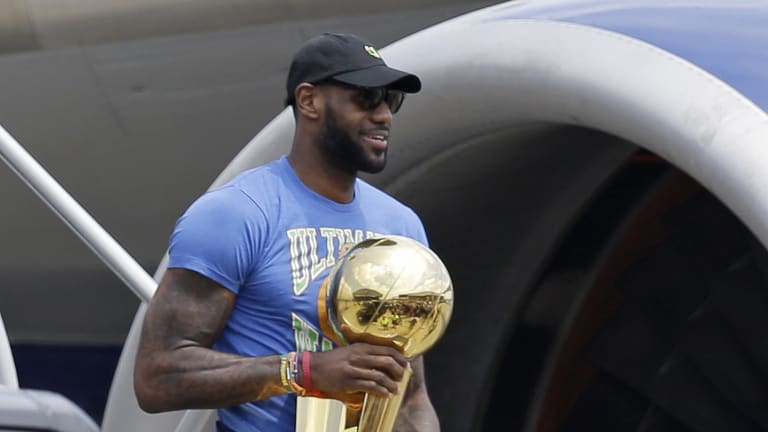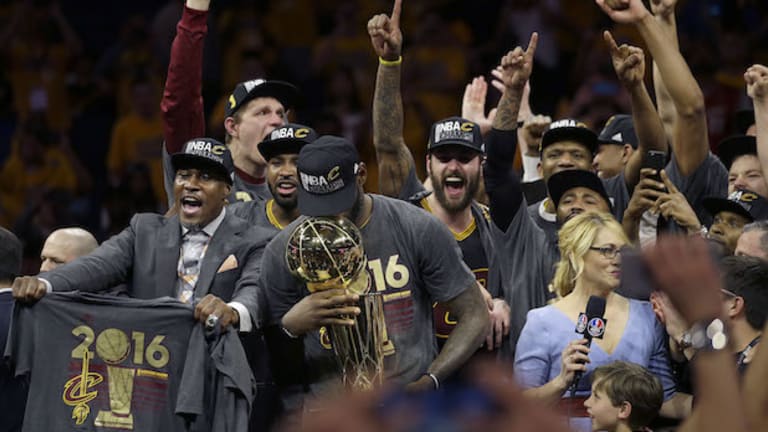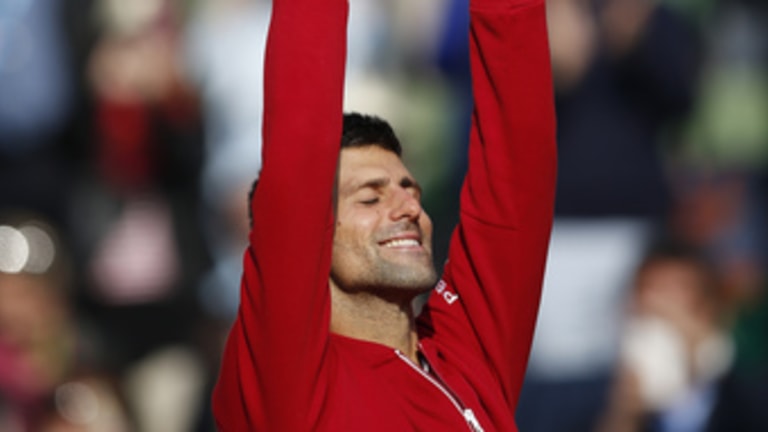I’m not against GOAT debates. I’m not one of the sticklers or puritans who says we “can’t compare players from different eras.” These conversations are fun. They’re part of the glue that binds sports fans together; they help us appreciate what made a particular athlete great, and our minds naturally gravitate toward making comparisons, so why not say what we think? We can use the intellectual exercise, right? My only caveat is that the subjectivity in these exercises should always be recognized and encouraged, and that everyone’s personal list is as valid as anyone else’s.
That’s why I actually liked Barkley’s list of the seven greatest players in NBA history: (in descending order) Michael Jordan, Oscar Robertson, Bill Russell, Kareem Abdul-Jabbar, Wilt Chamberlain, Kobe Bryant, Tim Duncan. Yes, he excluded LeBron, but he also has Bryant and Duncan ahead of Magic Johnson. That seems preposterous to me, but now I’m interested in hearing Barkley’s rationale. This is when GOAT debates get good.
As I said above, though, the James and Djokovic discussions came far too soon. The most obvious reason is that both of these men are in the middle of their careers. Djokovic is 29, Lebron 31; they may soon be in decline, but they’re not going anywhere for a while, either. LeBron has three rings at the moment; he could finish with that many, or he could finish with five or six. Djokovic has 12 majors so far; he could finish with 12 or 15 or 18 or 20. Aside from that, his two closest competitors in terms of major titles won, Roger Federer and Rafael Nadal, are still active. As Andy Roddick, who knows all three of these legends well, tweeted after the French Open, “Discussing GOAT in men’s tennis right now is like reading three quarters of a book, and wanting to discuss the ending.”
But as I was watched James and Djokovic reach their long-sought goals this month, I found a more important reason not to start herding them into GOAT debates right away.
By immediately ranking these two athletes, we must immediately begin thinking of them in terms of “better” and “worse.” As I said, there’s plenty of time for that in the long run. In the short run, though, this has a reductive effect. What’s left out of the stats that are always at the heart of the GOAT debate is the experience of watching LeBron and Djokovic play. What’s forgotten is that every great athlete is not, in reality, better or worse than another; rather, each brings a unique brand of excellence to the court that resists comparison and categorization. It’s this unique quality in LeBron and Djokovic that should be savored and celebrated, before we begun converting their brilliance into cold hard numbers.
What Djokovic showed in Paris was an all-around mastery unlike anything I've ever seen. He completed his personal Grand Slam by winning on clay the way he wins on other surfaces: by doing everything so well that he never needs to do anything spectacularly. The strong slice serve to set up a point. The bullet return reflexed within an inch of the baseline. The point-starting heavy crosscourt forehand and point-ending two-handed backhand. The unparalleled down-the-line forehand that he keeps in reserve. The ability to attack and defend at the same time. In Paris, he wove all of those elements together, and built his rallies with a rhythmic sense of control. Djokovic played to a beat all his own, one that no one else can keep.


